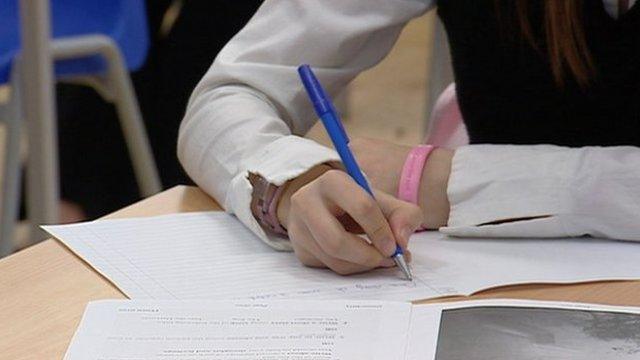Too many Suffolk pupils 'not in good schools'
- Published
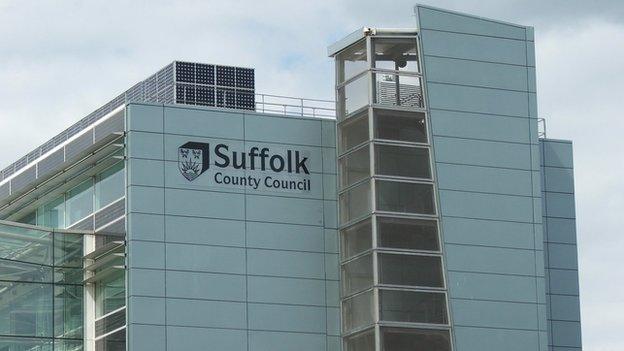
Suffolk County Council was branded the worst authority in the region for disadvantaged secondary school pupils
Improvements in Suffolk schools are too slow, an Ofsted study has found.
Inspectors concluded 25,000 children were not in "good or outstanding" schools, particularly in deprived areas of Lowestoft and Ipswich.
Suffolk County Council was also the worst performing authority in the region for disadvantaged secondary school pupils, it said.
The county council said the report from the January inspection endorsed its ambitions for Suffolk schools.
Inspectors recognised the council has taken "positive steps" to support inadequate schools since 2007, but found others had declined as a result.
Those at risk of decline had now been identified, but work to prevent this was too recent to stop others from deteriorating.
Suffolk's cabinet member for education and skills, Lisa Chambers said the report was "an endorsement of our direction of travel and ambitions for the county's schools".
"Our programme for long-term improvement will not be accomplished overnight. We take on board the areas for improvement identified by Ofsted."
Notable improvements
Ofsted Regional Director Andrew Cook said: "While I recognise that Suffolk council has taken positive steps to improve education in their area, and there are signs for optimism, the county is still not making swift enough progress.
"Much of their strategy has been implemented too recently to impact substantially on pupils' outcomes.
"Pupils' attainment in Suffolk remains below average, particularly for the most vulnerable and disadvantaged children.
"As a result, 25,000 children do not attend a good primary or secondary school. This needs to improve."
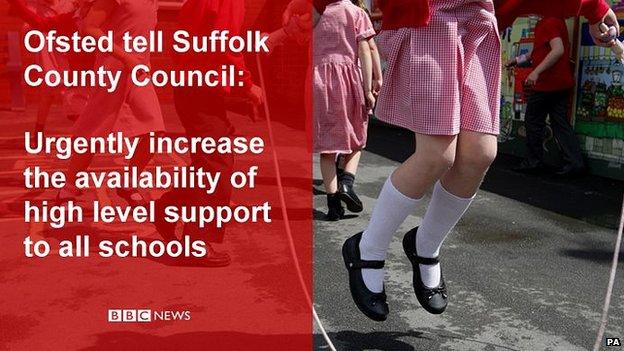
There were still not enough school-to-school links and some school leaders did not know where to access good quality support or opportunities to work in collaboration with others.
Notable improvements found by inspectors included better use of intervention where schools were identified as causing concern.
Methods involved issuing formal warning notices, deploying additional governors and using school improvement boards.
- Published27 November 2014
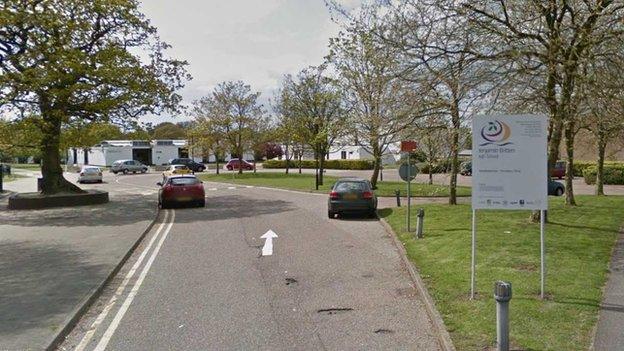
- Published4 March 2014
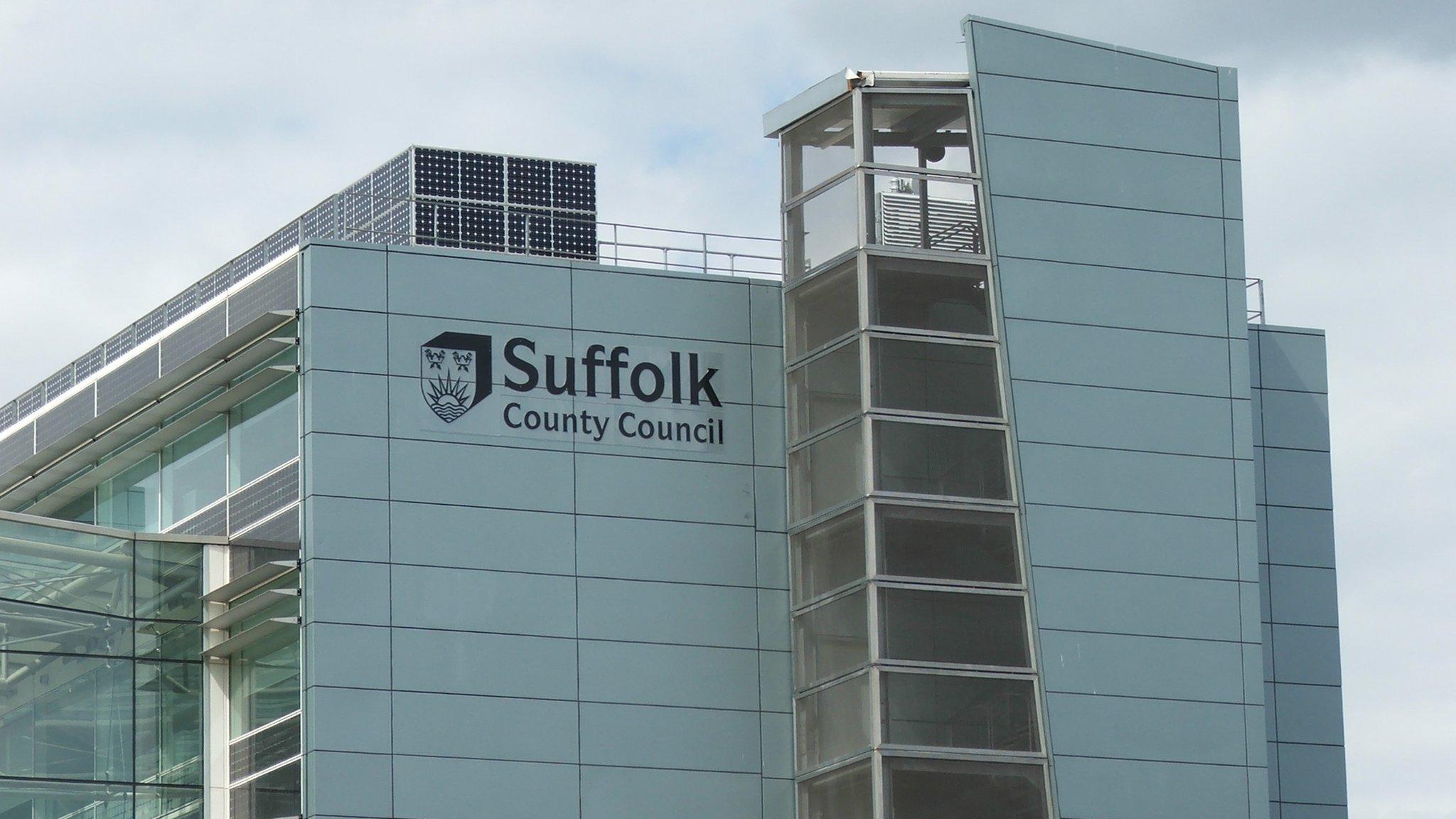
- Published7 November 2013

- Published10 September 2013

- Published22 April 2013

- Published14 June 2012
